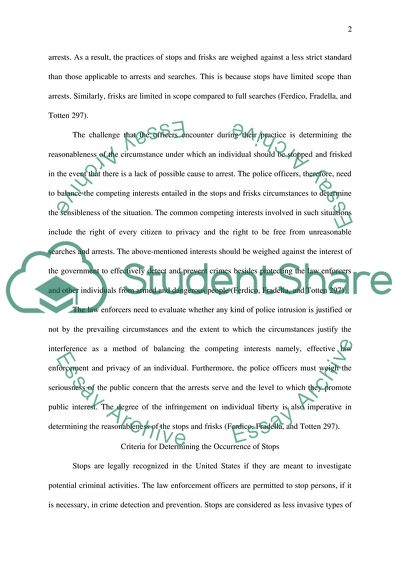Cite this document
(What Cases Are Police Stops and Frisks Appropriate in Term Paper, n.d.)
What Cases Are Police Stops and Frisks Appropriate in Term Paper. Retrieved from https://studentshare.org/law/1599936-stops-and-frisks
What Cases Are Police Stops and Frisks Appropriate in Term Paper. Retrieved from https://studentshare.org/law/1599936-stops-and-frisks
(What Cases Are Police Stops and Frisks Appropriate in Term Paper)
What Cases Are Police Stops and Frisks Appropriate in Term Paper. https://studentshare.org/law/1599936-stops-and-frisks.
What Cases Are Police Stops and Frisks Appropriate in Term Paper. https://studentshare.org/law/1599936-stops-and-frisks.
“What Cases Are Police Stops and Frisks Appropriate in Term Paper”, n.d. https://studentshare.org/law/1599936-stops-and-frisks.


